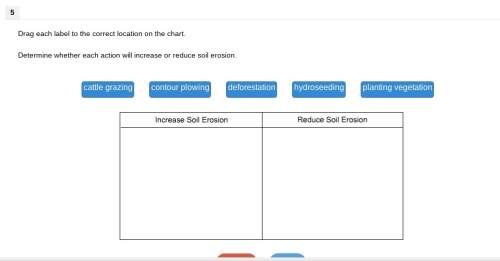
The Dangers of a Weight-Loss Drug" by Susan M. DeSimone and Annie Prud’homme-Genereux and "A Diet to Die For: An Exploration of Oxidative Phosphorylation" by Terry Platt and Eric Ribbens A good friend of yours, Connor Sick, is a member of the WVU wrestling team but has been struggling to make the weight class his coaches and he know he would be most competitive at. He has heard of a diet drug that is claimed to REALLY work. Connor knows you are taking Introduction to Biochemistry so he comes to you and asks you for advice on whether he should try the drug.
The information Connor found online said that DNP had helped several people lose weight but that you needed to be careful with dosage. Some of the side effects included a fever, cataracts, and rashes. There were even some reports of deaths. DNP was said to be a mitochondrial uncoupler.
You tell Connor that you will look into it and get back to him. Your initial research determines that DNP is 2,4-dinitrophenol You also show Connor a clinical report you found about another wrestler, Charles, that used DNP to lose weight quickly who ended up taking a double dose because he was afraid he wouldn’t make his weigh-in. Charles was admitted to the hospital with symptoms including: being flushed, breathing fast, excessive sweating, nausea, and weakness in his knees. Charles had experienced an overdose of DNP, which caused all of his symptoms.

Answers: 2


Another question on Biology


Biology, 22.06.2019 01:00
The allele for curly hair is incompletely dominant. if a mother is homozygous for curly hair and the father is homozygous for straight hair, what percentage of the offspring will exhibit characteristics of both parents? 25 percent 50 percent 75 percent 100 percent
Answers: 2

Biology, 22.06.2019 01:10
Osmosis is often viewed incorrectly as a process driven directly by differences in solute concentration across a selectively permeable membrane. what really drives osmosis? view available hint(s)osmosis is often viewed incorrectly as a process driven directly by differences in solute concentration across a selectively permeable membrane. what really drives osmosis? the first law of thermodynamicsthe difference in the height of water columns on either side of a selectively permeable membranethe difference in water concentration across a selectively permeable membranethe difference in sugar or ion concentration across a selectively permeable membrane
Answers: 2

Biology, 22.06.2019 11:30
Will give ! ! widentify the advantages and disadvantages of renewable and nonrenewable energy resources.
Answers: 2
You know the right answer?
The Dangers of a Weight-Loss Drug" by Susan M. DeSimone and Annie Prud’homme-Genereux and "A Diet to...
Questions


Mathematics, 11.06.2021 05:30


Mathematics, 11.06.2021 05:30







Mathematics, 11.06.2021 05:30

History, 11.06.2021 05:30



Mathematics, 11.06.2021 05:30

Physics, 11.06.2021 05:30

History, 11.06.2021 05:30


English, 11.06.2021 05:30

Mathematics, 11.06.2021 05:30




